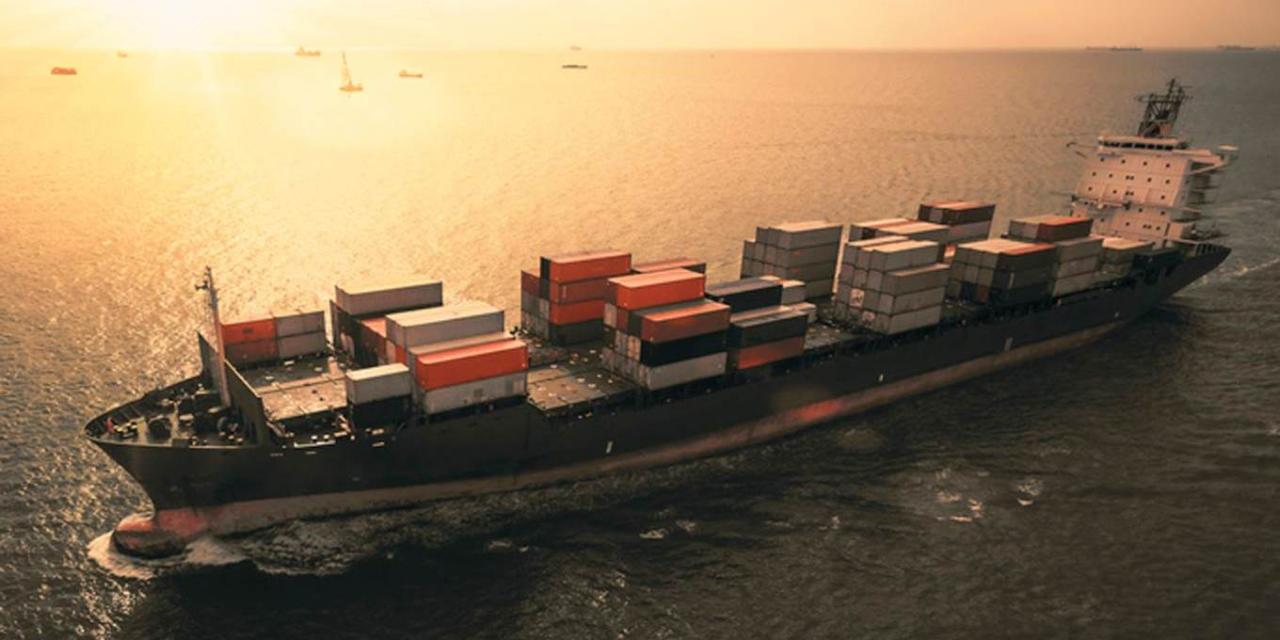The dialectic of global trade policy

By Mohamed A. El-Erian
MUNICH – There is a subtle yet important change occurring in how political leaders think about international trade, including how to remedy long-standing problems. It results from a key distinction between the “what” of trade (where there is relatively broad-based agreement among countries) and the “how” (where differences have tended to undermine important relationships, whether transatlantic or between China and the world’s advanced countries). As a result, there is some room for greater optimism than is suggested by talk of damaging trade wars, stifling investment restrictions, technological conflicts, and multiplying great-power tensions.
The relatively wide agreement in the international trade area tends to focus on four main hypotheses that are supported by a body of research and evidence:
First, free and fair trade is in the interest of most people in most countries, but it is not sufficient for inclusive prosperity. Specific segments of society can be displaced, marginalized, and alienated. As such, trade is not just an economic issue. It also entails important institutional, political, and social dimensions.
Second, trade is inherently underpinned by a mutually beneficial set of voluntary interactions that are best conducted, to use the language of game theory, as a cooperative game.
Third, an accumulation of legitimate grievances undermines both the ideal and reality of free and fair trade. These grievances relate mostly to what economists call non-tariff barriers, including issues such as intellectual property theft, the weaponization of economic and development tools, forced technology transfer, insufficiently effective and credible multilateral institutions, and a less-than-stable global economic and financial order.
Lastly, fixing these problems has proven frustratingly slow.
That is where the major areas of disagreement begin. How should the accumulating set of problems that undermine free and fair trade be addressed?
Over the years, conventional wisdom has stressed that the best option is to maintain an approach focused on cooperative resolution. This implies negotiations that are best conducted free of actual or threatened punishment such as tariff imposition, and it favors reliance on the rules-based framework established by existing multilateral institutions.
The other approach is that adopted by the US President Donald Trump’s administration. Noting that past efforts to reverse the growth of non-tariff barriers have not worked and will not work, this strategy is more open to the use of tariff penalties to influence behavior modification, and the threat of escalation in response to any and all retaliation by trading partners.
First widely dismissed as an unfortunate policy pivot, more people now are beginning to wonder whether the new US approach – provided it’s not used repeatedly – could in fact serve as a beneficial disruption that helps reset international trade relationships and place them on a firmer footing. It’s a view that is underpinned by evidence (the shift from retaliation to resolution by such countries as Canada, South Korea, and Mexico) and the prospect that, due to its limited options, China will have no choice but to do the same by addressing some of its non-tariff barriers.
The task for the international community is to take advantage of the emerging window to move more comprehensively on implementing measures to counter slowing growth, reduce the risk of financial instability, and ensure more inclusive prosperity. Such measures are less a problem of engineering (in the sense that most economists agree on what’s needed) than of politics (the need for decisive leadership and sustainability).
For starters, domestic pro-growth policies must be re-energized, both as an urgent standalone priority and to take pressure off trade. This is particularly important for China and countries in Europe, including six of the EU’s largest economies. The focus must be on productivity enhancement, structural changes to respond better to the realities of the global economy of today and tomorrow, more effective safety nets for the most vulnerable and displaced segments of society, and addressing market and government failures that frustrate growth and investment.
Moreover, existing trade arrangements need to be modernized, not only to fix existing problems, but also as part of a broader effort to enhance these arrangements’ agility in the face of rapid technological change. Particular attention needs to be devoted to improving the approach to big data, technology transfer, digital infrastructure, artificial intelligence, networks, and mobility.
It will be no less crucial to continue reforming the multilateral institutions in order to enhance their effectiveness and credibility.
Finally, the international community must guard against regional arrangements, such as China’s Belt and Road Initiative, which are intended to promote development but can end up undermining partner countries. This requires steps to enhance transparency on the terms and conditions of projects and debt undertaken through such initiatives, encourage greater reliance on local labor, and ensure that recipient countries are not encumbered with excessive liabilities. Excessively one-sided debt-for-physical-assets swaps, which can also raise genuine national security concerns, must also be resisted.
It is often said that with risk comes opportunity. What initially was viewed as an unfortunate US shift to protectionism may in fact have opened a window to improve the functioning of the global economy and world trade. The next few months will be critical.
Copyright: Project Syndicate: The dialectic of global trade policy
---
Follow us on Twitter @AzerNewsAz
Here we are to serve you with news right now. It does not cost much, but worth your attention.
Choose to support open, independent, quality journalism and subscribe on a monthly basis.
By subscribing to our online newspaper, you can have full digital access to all news, analysis, and much more.
You can also follow AzerNEWS on Twitter @AzerNewsAz or Facebook @AzerNewsNewspaper
Thank you!
